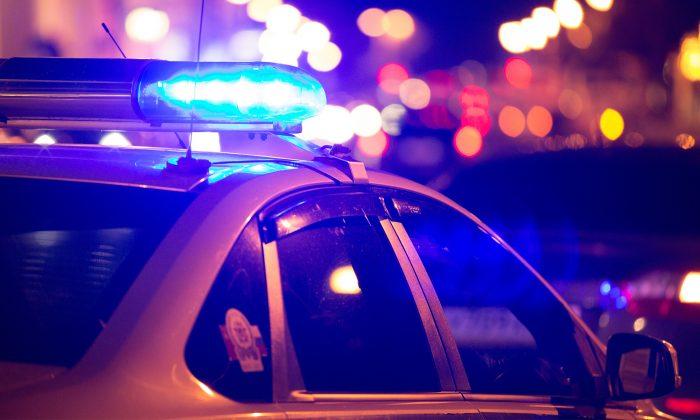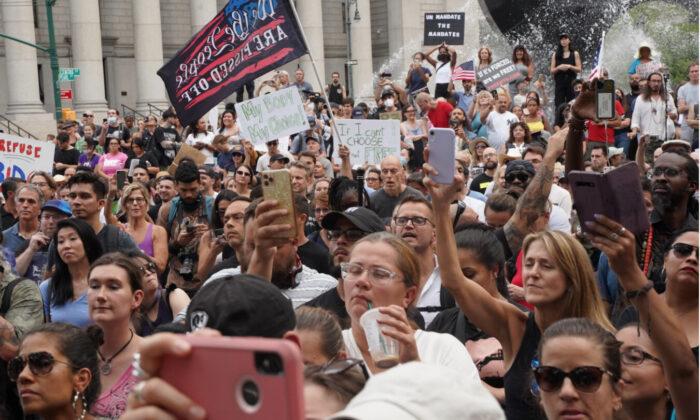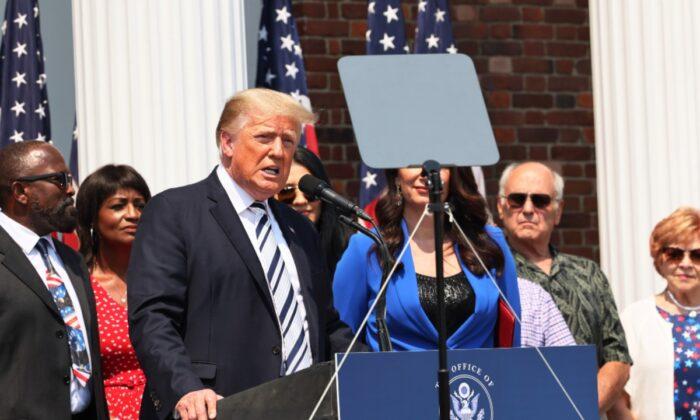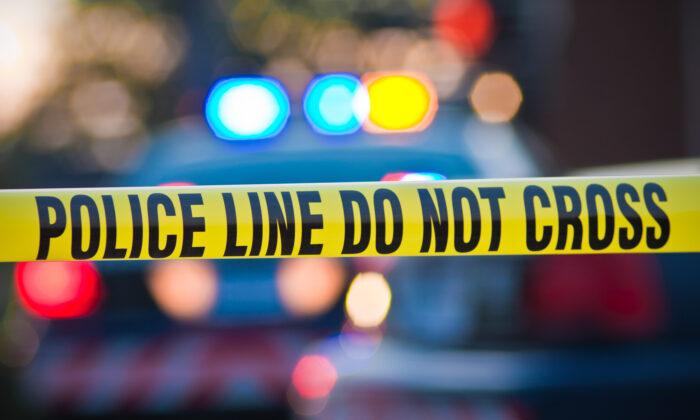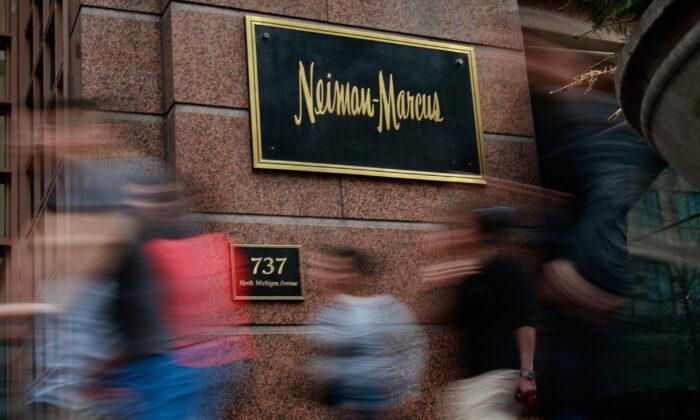More than 60 members of the infamous “Latin King” gang were busted on Dec. 5 by more than 500 federal, state, and local authorities.
Members of the East Coast and Massachusetts leadership were arrested and are facing federal charges along with the other members. Law enforcement searched 24 locations with 31 search warrants, a statement from the DOJ says.
Massachusetts Attorney Andrew Lelling said that the Latin Kings are “one of the largest criminal organizations in the world.”
The authorities also confiscated $38,000 in cash, as well as six cars and six motorcycles, three jet skis, and drugs.
“Anyone who tries to fill the void left by today’s arrears should know, we’re not going to tolerate those who terrorize our neighborhoods and put innocent people at risk,” Joseph Bonavolonta, special agent in charge of the FBI’s Boston Field Division said.
Forty-six of the gang members were charged with racketeering, and 17 among those were charged with drug-related crimes.
The authorities’ four-year investigation led them to conclude that the Latin Kings were involved in drug trafficking, conspiracy to kill more than 10 people, and “robbery, shootings, stabbings, and witness intimidation.”
Lelling said that during the investigation, officers prevented eight murders.
“It’s a big hit precisely because we are able to take out all of the leadership,” said Lelling. “It will be extremely difficult for the gang to regroup in the region.”
The Latin Kings are believed to be the oldest and largest Latino-majority gang in the United States.
The DOJ statement said that the Latin Kings “Adhere to a national manifesto, employ an internal judiciary, and use a sophisticated system of communication to maintain the hierarchy of the criminal organization. As alleged in court documents, the gang uses drug distribution to generate revenue and is motivated by a desire to further its influence and to protect its turf from rival gangs. This has fostered a culture of institutional violence and secrecy.”
